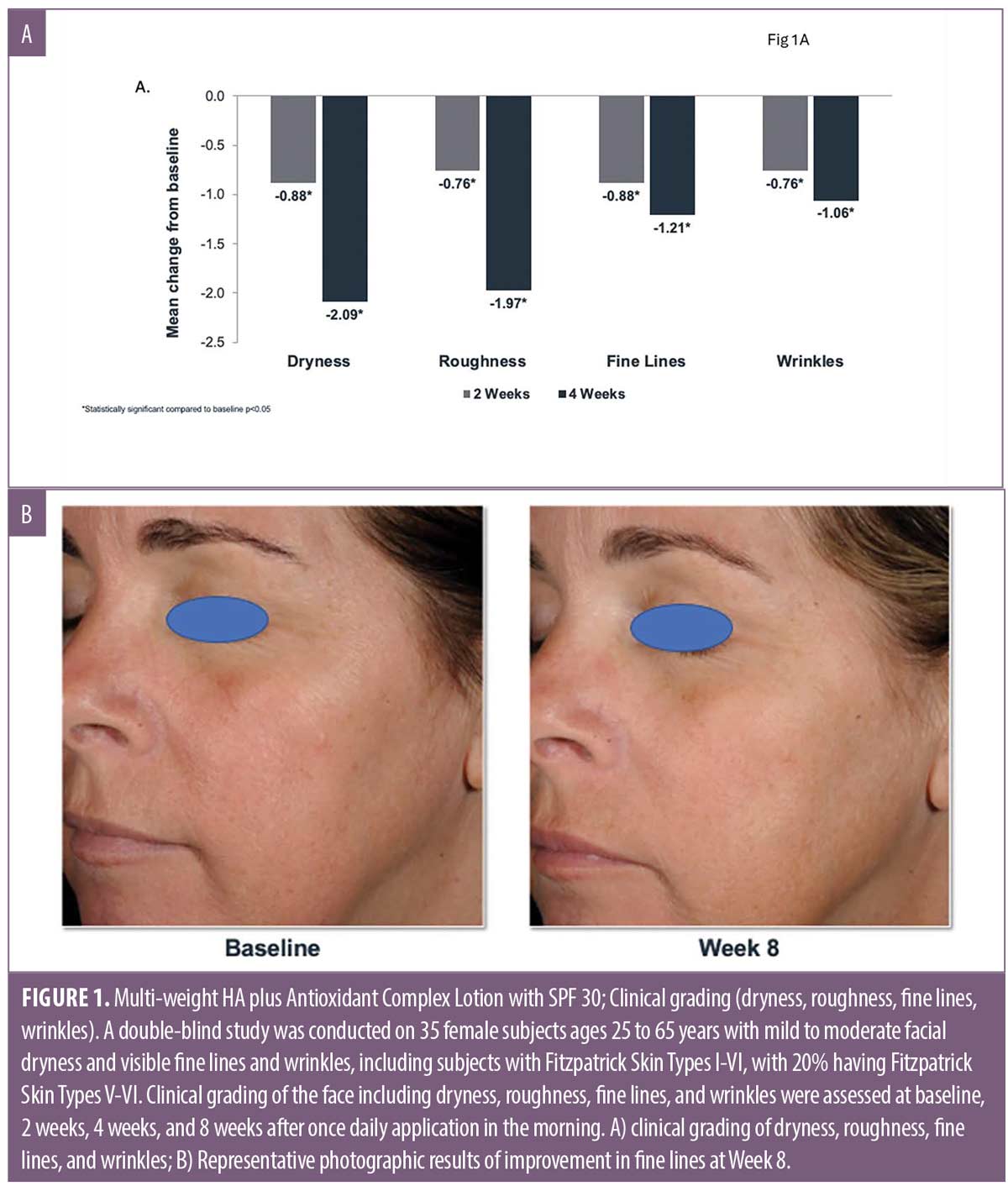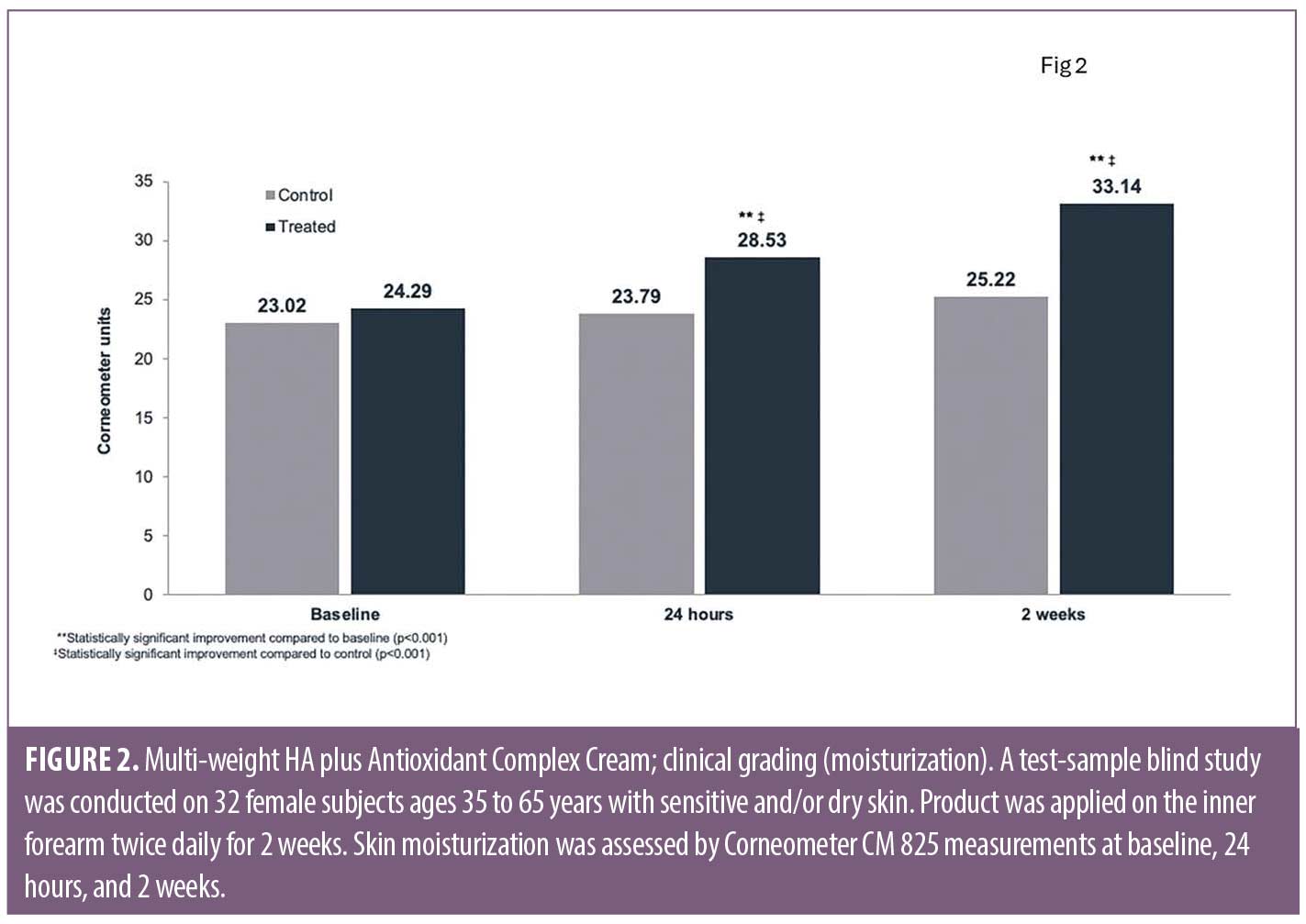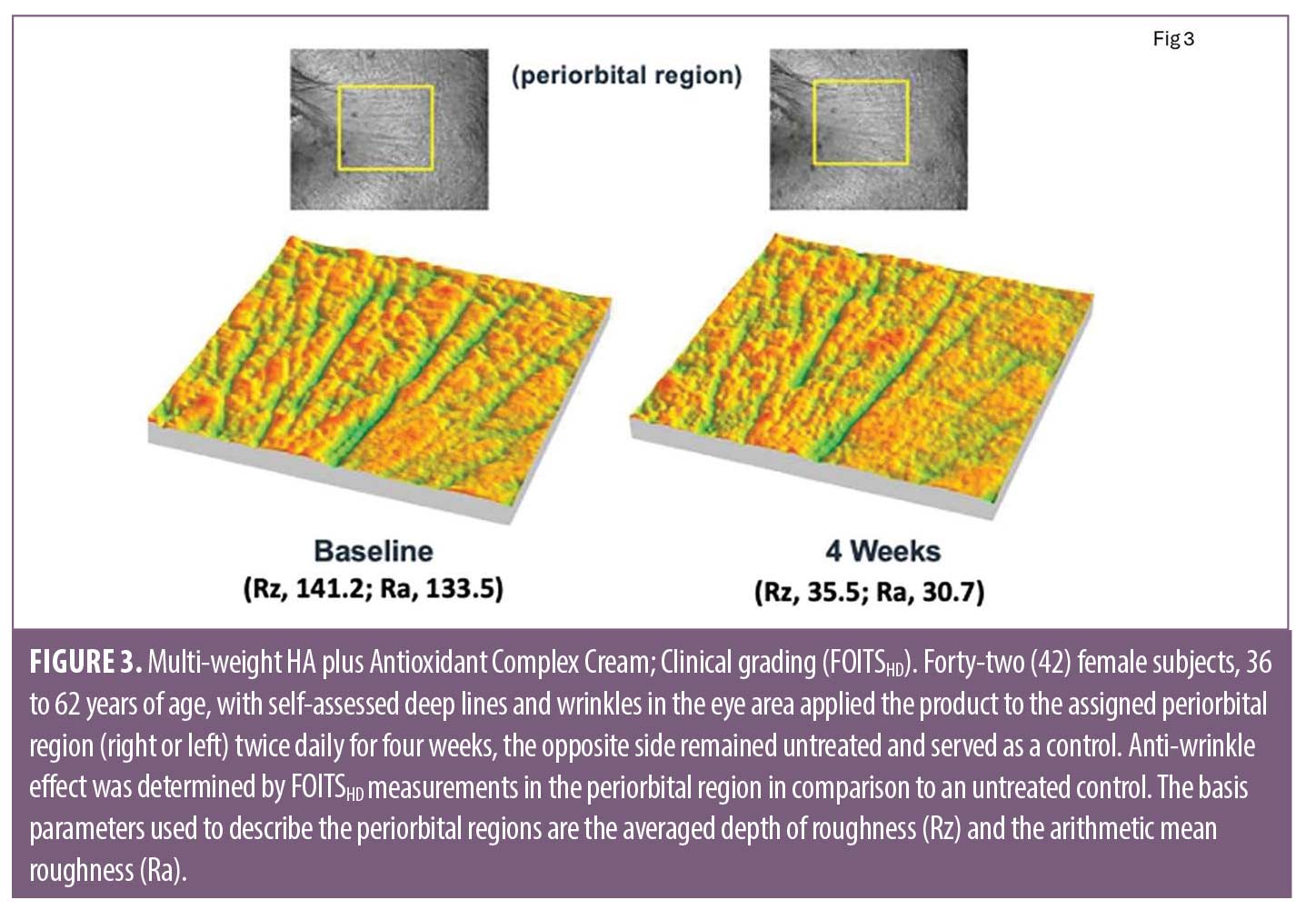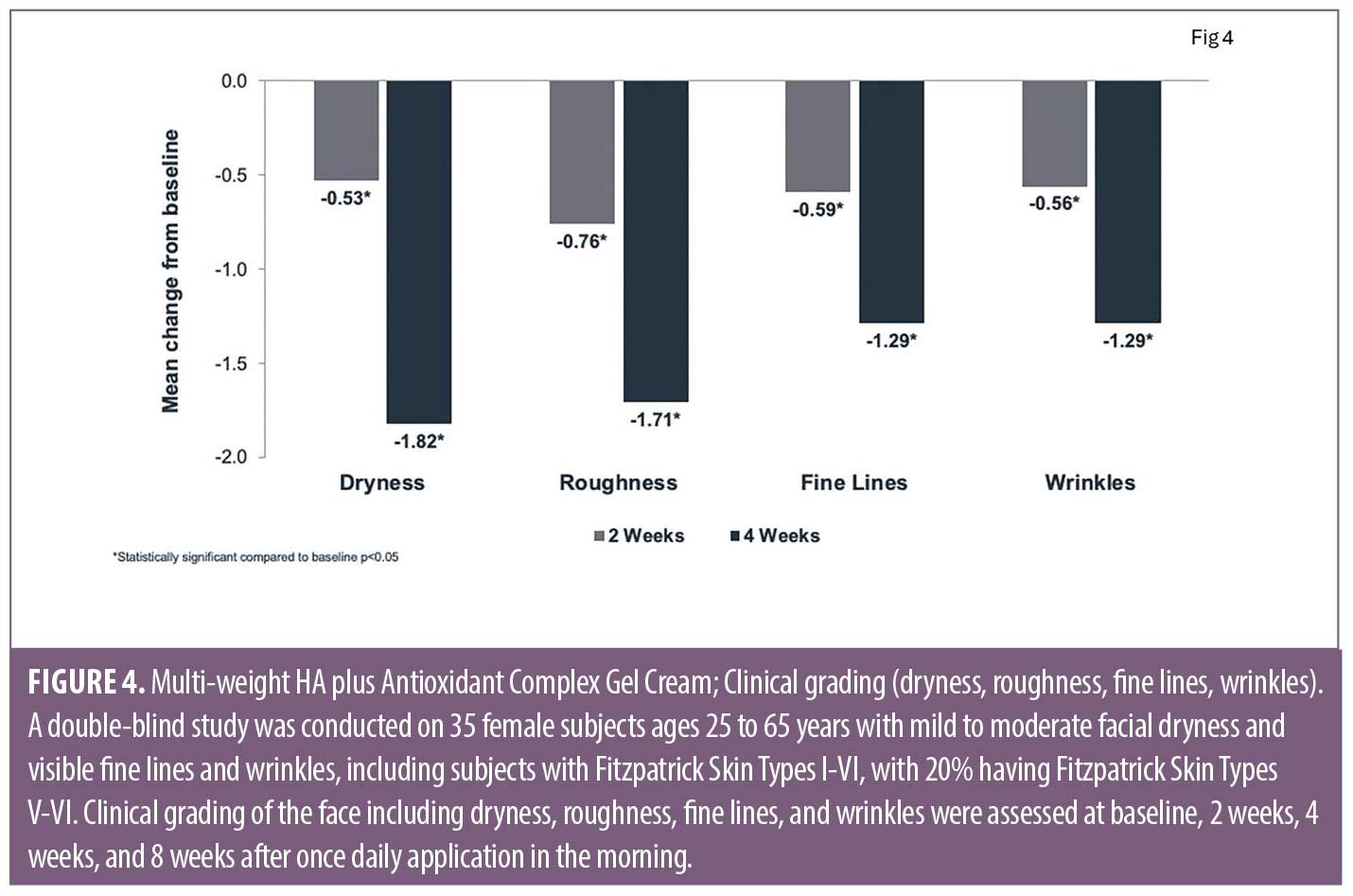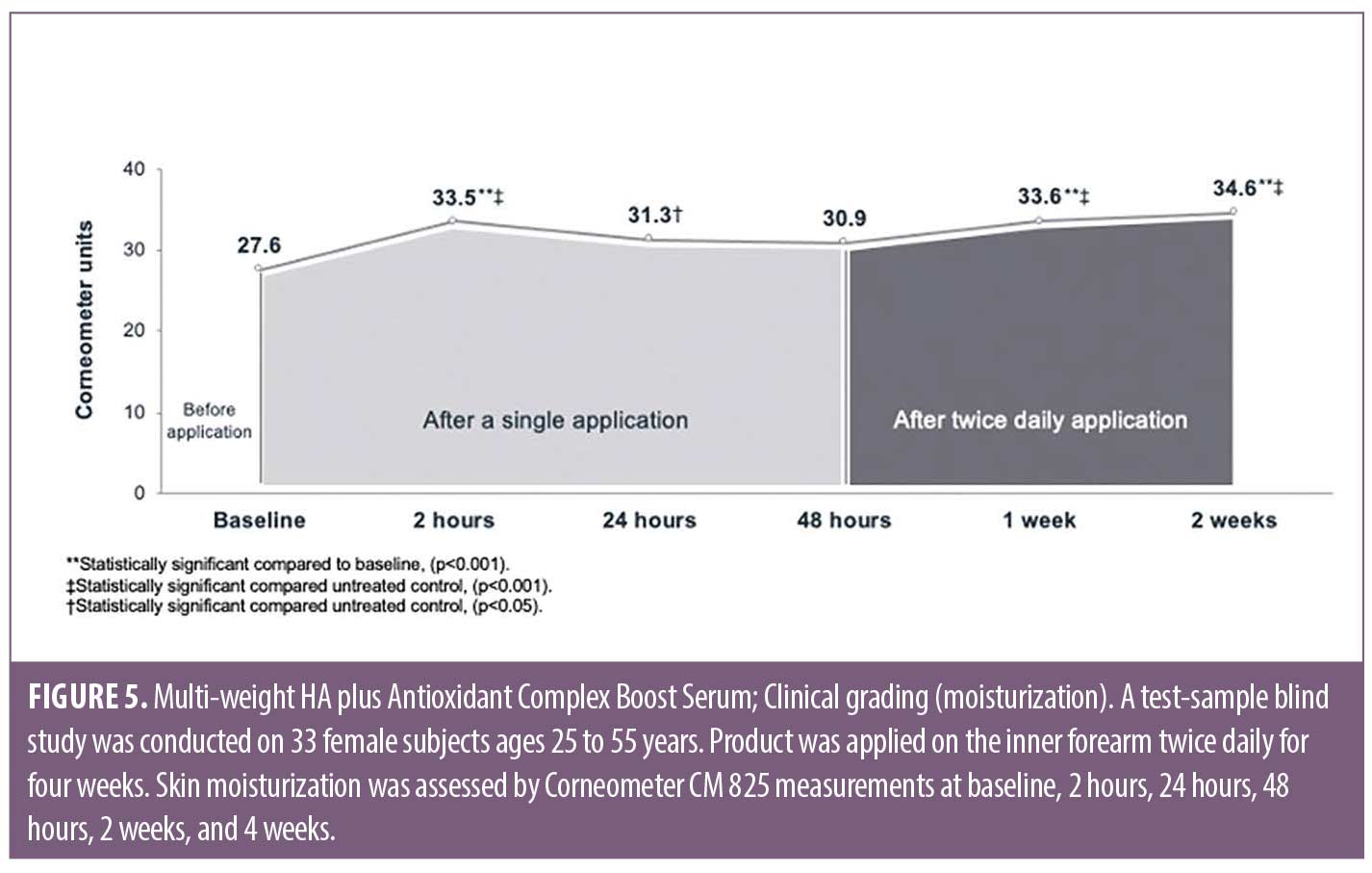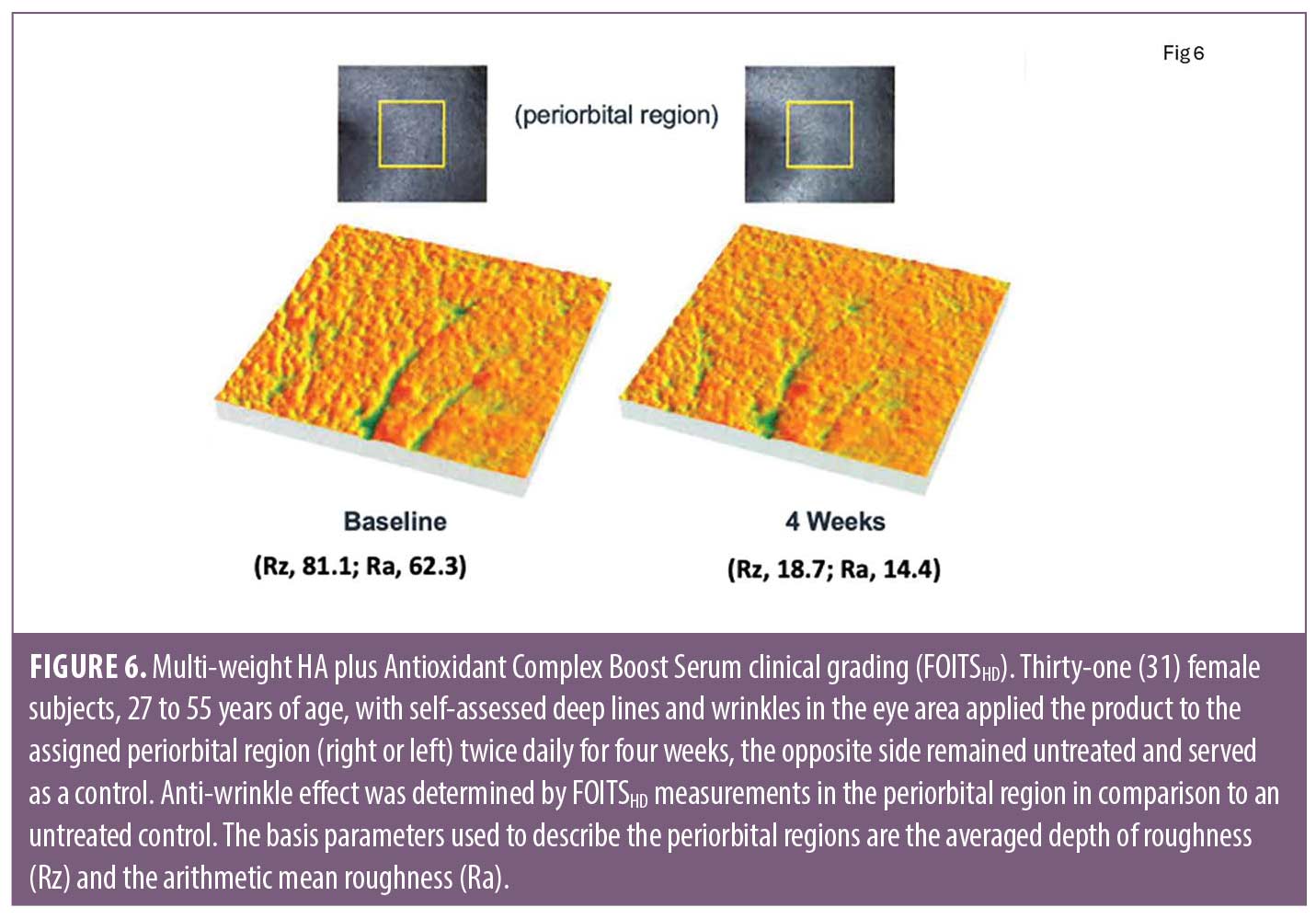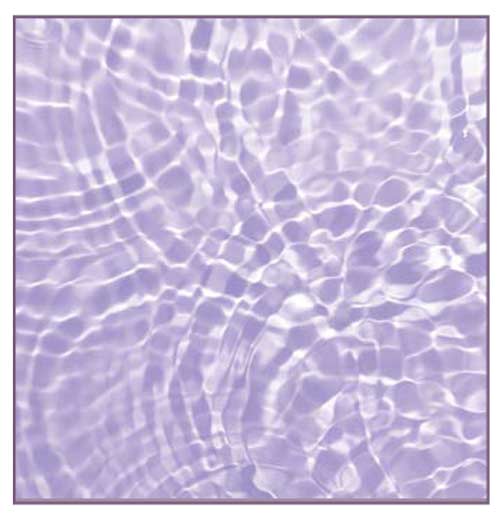 J Clin Aesthet Dermatol. 2024;17(4):12–16.
J Clin Aesthet Dermatol. 2024;17(4):12–16.
by Edward Lain, MD, MBA; Kavita Mariwalla, MD; Joshua Zeichner, MD; Frank Kirchner, PhD;
Eduardo Ruvolo, MS; and Zoe D. Draelos, MD
Dr. Lain is with Sanova Dermatology in Austin, Texas. Dr. Mariwalla is with Mariwalla Dermatology in West Islip, New York. Dr. Zeichner is with the Department of Dermatology at Mount Sinai Hospital in New York, New York. Dr. Kirchner and Mr. Ruvolo are with Beiersdorf Inc. in Florham Park, New Jersey. Dr. Draelos is with Dermatology Consulting Services in High Point, North Carolina.
FUNDING: Funding for this article was provided by Beiersdorf Inc.
DISCLOSURES: Dr. Lain has served as a clinical trial investigator, consultant, advisor, and/or speaker for Beiersdorf, Pierre Fabre, L’Oreal, AbbVie, Galderma, Kenvue; Dr. Mariwalla has served as a consultant for Beiersdorf. Dr. Zeichner has served as a consultant for Beiersdorf. Mr. Kirchner and Dr. Ruvolo are employees of Beiersdorf. Dr. Draelos has served as a trial investigator, consultant, advisor and/or speaker for Aveda, Beiersdorf, Estee Lauder, Galderma, La Roche Posay, L’Oreal, and SkinCeuticals.
ABSTRACT: Introduction: Hyaluronic acid (HA) has become a commonly used ingredient in many topical products due to its strong humectant properties and essential role in skin hydration; however, limitations of delivery of HA to only the surface of skin has hindered leveraging the full capacity of HA biology necessary for skin rejuvenation. Here, we describe the clinical efficacy data of a set of novel next-generation, multi-weight HA plus antioxidant complex-based topical formulations with targeted skin delivery to enhance skin rejuvenation.
Methods. Four multi-weight HA plus antioxidant complex-based formulations: 1) Multi-Weight HA plus Antioxidant Complex Lotion with SPF 30 (Day Lotion); 2) Multi-Weight HA plus Antioxidant Complex Cream (Night Cream); 3) Multi-Weight HA plus Antioxidant Complex Gel Cream; and 4) Multi-Weight HA plus Antioxidant Complex Boost Serum were clinically evaluated for key attributes including moisturization via corneometer, with clinical grading of: dryness, roughness, fine lines and wrinkles, and following daily use of the individual products for up to eight weeks.
Results. Daily use of the multi-weight HA plus antioxidant complex-based formulations demonstrated significant improvements in all parameters evaluated compared to baselines, with changes in moisturization observed within 30 minutes of application, and changes in clinical grading parameters of dryness, roughness, fine lines and wrinkles observed as early as two weeks.
Conclusion. These data demonstrate the clinical benefits of daily use of multi-weight HA plus antioxidant complex-based moisturizers for overall improvement in skin health and appearance.
Keywords. Hyaluronic acid, cosmeceuticals, dermocosmetics, aging, skincare
Introduction
The glycosaminoglycan hyaluronic acid (HA) is a unique molecule that plays a crucial role in skin hydration, with the ability to hold up to one thousand times its mass of water, a key component of its functional role of maintaining softness with elasticity and structure in skin.1-3 HA is classified as a humectant, which hydrates the stratum corneum and the epidermis by drawing water from the dermis3,4 bringing both moisture and rigidity to the epidermal layers.3,5 Chronological and photoaging lead to a significant decrease in HA concentration in the skin, a result of decreases in production and increases in enzymatic degradation of HA leading to myofascial rigidity, visual aging signs, dryness, fine lines and wrinkles.2,6
Many studies have shown that utilization of topically applied HA reduces some signs of skin aging; however, in most studies, moisturization is confined only to the surface of the epidermis due to the limited permeability of high molecular weight (HMW) HA. In order to deliver HA to the lower regions of the epidermis, where HA can increase both moisturization and turgor, the size of HA must be either reduced to low molecular weight (LMW) or attached to a permeable carrier.7–9 Studies have shown that HMW HA hydrates the skin by creating a protective film on the surface that helps retain water,8,10 while LMW HA penetrates into the epidermal layer to moisturize the stratum corneum creating a consistent epidermal texture.4,6,8,11 Additionally, a major gap in currently available moisturizers with HA is the presence of endogenous hyaluronidases, induced by reactive oxygen species (ROS) and other free radicals, which rapidly degrade both endogenous and exogenous HA.11,12 Therefore, in order to maximize the benefits of topical HA moisturization, it essential for HA topical formulations to: 1) include multi-weight HA of both HMW and LMW; 2) contain ingredients that reduce ROS and free radical formation (i.e., antioxidants); 3) contain ingredients that inhibit the enzymatic activity of endogenous hyaluronidases; and 4) stimulate the endogenous production of HA by keratinocytes and fibroblasts.
This manuscript describes the clinical efficacy data of a set of novel next-generation, multi-weight HA plus antioxidant complex-based topical formulations with targeted skin delivery to enhance skin rejuvenation.
Methods
Multi-weight HA plus antioxidant complex-based formulations:
- Multi-weight HA plus Antioxidant Complex Lotion with SPF 30 (Day Lotion, Eucerin Face Immersive Hydration Daily Lotion SPF 30; Beiersdorf, Inc., Hamburg, Germany)
- Multi-weight HA plus Antioxidant Complex Cream (Night Cream; Eucerin Face Immersive Hydration Night Cream; Beiersdorf, Inc., Hamburg, Germany)
- Multi-weight HA plus Antioxidant Complex Gel Cream (Eucerin Face Immersive Hydration Gel Cream; Beiersdorf, Inc., Hamburg, Germany)
- Multi-weight HA plus Antioxidant Complex Boost Serum (Eucerin Face Immersive Hydration Moisture Boost Serum; Beiersdorf, Inc., Hamburg, Germany)
Study designs. Written informed consent, as well as consent for photographic images, conforming to Title 21 of the Code of Federal Regulations (CFR) 50.25 was obtained from each subject prior to enrollment in each study. The original signed informed consent form for each subject participating in the studies was retained in the study file and each subject received a copy of the signed form. Each study was reviewed and approved by an independent Institutional Review Board.
Multi-weight HA plus Antioxidant Complex Lotion with SPF 30 (Day Lotion) and Multi-weight HA plus Antioxidant Complex Gel Cream. A double-blind, comparative study was conducted on 70 female subjects (n=35, multi-weight HA plus antioxidant complex lotion with SPF 30; n=35, multi-weight HA plus antioxidant complex gel cream) ages 25 to 65 years with mild to moderate facial dryness and visible fine lines and wrinkles, including subjects with Fitzpatrick Skin Types I to VI, with 20 percent having Fitzpatrick Skin Types V to VI. Clinical grading of the face including dryness, roughness, fine lines, and wrinkles were assessed at baseline, 2 weeks, 4 weeks, and 8 weeks after once-daily application with image grading conducted at baseline and Week 4.
Multi-weight HA plus Antioxidant Complex Cream (Night Cream)—Moisturization. A test-sample blind study was conducted on 32 female subjects ages 35 to 65 years with sensitive and/or dry skin. Product was applied on the inner forearm twice daily for two weeks. Skin moisturization was assessed by Corneometer CM 825 measurements at baseline, 24 hours, and two weeks.
Multi-weight HA plus Antioxidant Complex Cream (Night Cream)— Fast Optical In-Vivo Topometry of Human Skin in High Definition (FOITSHD) Technique. A test-sample blind study was conducted on 42 female subjects, aged 36 to 62 years, with moderate to distinct (i.e., deep) lines and wrinkles in the eye area, including subjects with Fitzpatrick Skin Types I to IV. Product was applied to the face twice daily. FOITSHD was assessed at baseline and Week 4. The basis parameters in order to describe the periorbital regions are the averaged depth of roughness (Rz) and the arithmetic mean roughness (Ra).
Multi-weight HA plus Antioxidant Complex Boost Serum—Moisturization. A test-sample blind study was conducted on 33 female subjects ages 25 to 55 years. Product was applied on the inner forearm twice daily for four weeks. Skin moisturization was assessed by Corneometer CM 825 measurements at baseline, two hours, 24 hours, 48 hours, two weeks, and four weeks.
Multi-weight HA plus Antioxidant Complex Boost Serum—FOITSHD Technique. A test-sample blind study was conducted on 31 female subjects ages 27 to 55 years with self-assessed deep lines and wrinkles in the eye areas. Product was applied to the periorbital region (right or left) twice daily for four weeks. Anti-wrinkle effects were determined by FOITSHD at baseline and Week 4 in comparison to an untreated control. The basis parameters in order to describe the periorbital regions are the averaged depth of roughness (Rz) and the arithmetic mean roughness (Ra).
Results
Multi-Weight HA Plus Antioxidant Complex Lotion with SPF 30. The study included 35 female subjects ages 25 to 65 years with mild to moderate facial dryness and visible fine lines and wrinkles, with Fitzpatrick Skin Types I to VI, with 20 percent having Fitzpatrick Skin Types V to VI. Clinical grading of dryness, roughness, and fine lines and wrinkles of all 35 subjects demonstrated a statistically significant (p<0.05) improvement in mean change from baseline as early as Week 2 with increased improvement seen at Week 4 (Figure 1A).Representative photographic improvements seen at Week 8 (Figure 1B).
Multi-Weight HA Plus Antioxidant Complex Cream. The study included 32 female subjects ages 35 to 65 years with sensitive and/or dry skin. Clinical grading of skin moisturization by corneometer demonstrated a significant improvement (p<0.001) in moisturization compared to baseline and untreated control (Figure 2).
The clinical impact of the multi-weight HA plus antioxidant complex cream on wrinkles was further evaluated by FOITSHD, which allows for a three-dimensional (3D) mathematical analysis of skin surface, demonstrating a marked improvement in wrinkles at Week 4 (Figure 3).
Multi-Weight HA Plus Antioxidant Complex Gel Cream. This study included 35 female subjects, aged 25 to 65 years, with mild to moderate facial dryness and visible fine lines and wrinkles, including subjects with Fitzpatrick Skin Types I to VI, with 20 percent having Fitzpatrick Skin Types V to VI. Clinical grading of dryness, roughness, and fine lines and wrinkles of all 35 subjects demonstrated a statistically significant (p<0.05) improvement in mean change from baseline as early as Week 2 with increased improvement seen at Week 4 (Figure 4).
Multi-Weight HA Plus Antioxidant Complex Boost Serum. This study included 33 female subjects, aged 25 to 55 years, with sensitive and/or dry skin. Clinical grading of skin moisturization by corneometer demonstrated a significant improvement (p<0.001) in moisturization as early as two hours compared to baseline, with a statistically significant difference lasting up to 24 hours (p<0.05) compared to untreated control (Figure 5). A statistically significant improvement (p<0.001) was measured after twice daily application at both Week 1 and Week 2 assessments, compared to the untreated control (Figure 5).
The clinical impact of the multi-weight HA plus antioxidant complex boost serum on wrinkles was further evaluated by FOITSHD, which demonstrated a marked improvement in wrinkles at Week 4 (Figure 6).
Discussion
HA is ubiquitous throughout the body, playing key structural and functional roles within cellular compartments and the extracellular matrix. In the epidermal and dermal skin layers, HA is involved in moisturization and rigidity, leading to a smooth, healthy appearance.13 Chronologic and/or photoaging results in a decrease in HA concentration in the skin, mediated by both reduced endogenous synthesis and increased degradation by hyaluronidases, leading to signs of aging (dryness, roughness, fine lines, and wrinkles).2,6 Availability of topical moisturizers that include single, high molecular weight HA have become quite abundant.4 However, one of the major deficiencies of this approach is the inability of HMW HA to penetrate the epidermal layers of the skin, leading to only surface moisturization without essential deep layer moisturization.
In this set of clinical studies, the multi-weight HA with antioxidant complex-based formulations evaluated, including lotion with SPF 30 (daily lotion), cream (night cream), cream gel, and boost serum demonstrated significant improvements in all parameters evaluated compared to baselines, with changes in moisturization observed as early as 30 minutes (Figure 5) and changes in clinical parameters of dryness, roughness, and fine lines and wrinkles observed as early as Week 2 (Figures 1A and 3). Measurements of wrinkle depth using FOITSHD, with mean roughness (Ra) and maximum roughness (Rz) values, revealed marked improvement with use of either the multi-weight HA with antioxidant complex cream (night cream) and cream gel at Week 4 compared to baseline (Figures 3 and 6).
Unique to these formulations are the inclusion of both high and low molecular weight HA, allowing for both skin surface hydration/moisturization and penetration into the epidermis for deeper hydration and preservation of HA synthesis. Additionally, the added antioxidant ingredients in these formulations, particularly glycine saponin and glycyrrhetinic acid, have been shown to induce endogenous synthesis of HA and inhibit the HA degrading enzyme HYAL1, respectively, in addition to their ability to neutralize ROS and other free radicals.14 Oxidative stress is a key event associated with skin aging, leading to DNA damage, induction of the skin’s inflammatory response, inhibition of collagen production and HA synthesis, and increase in the matrix metalloproteinases, leading to degradation of the skin’s extracellular matrix.15,16 Use of topical moisturizers with only single-weight HAs, and/or without antioxidants, may not allow for maximizing the benefits of topical HA moisturization and addressing the alterations of HA homeostasis in aging skin.
Conclusion
Here, we describe the clinical efficacy data of a set of novel next-generation, multi-weight HA plus antioxidant complex-based topical formulations with targeted HA skin delivery and unique antioxidants to maximize and improve HA homeostasis aimed at enhancing skin rejuvenation, giving a youthful, healthy appearance.
References
- Widgerow AD, Ziegler ME, Garruto JA, et al Designing topical hyaluronic acid technology-Size does matter. J Cosmet Dermatol. 2022 Jul;21(7):2865–2870.
- Marinho A, Nunes C, Reis S. Hyaluronic acid: A key ingredient in the therapy of inflammation. Biomolecules. 2021 Oct 15;11(10).
- Draelos ZD, Diaz I, Namkoong J, et al. Efficacy evaluation of a topical hyaluronic acid serum in facial photoaging. Dermatol Ther (Heidelb). 2021 Aug;11(4):1385–1394.
- Bravo B, Correia P, Goncalves Junior JE, et al. Benefits of topical hyaluronic acid for skin quality and signs of skin aging: From literature review to clinical evidence. Dermatol Ther. 2022 Dec;35(12):e15903.
- Humzah D, Romagnoli M, Tateo A, et al. Hyaluronic acid: A strategic molecule for rejuvenating procedures. Esperienze Dermatologiche. 2020;22(4):36–41.
- Essendoubi M, Gobinet C, Reynaud R, et al. Human skin penetration of hyaluronic acid of different molecular weights as probed by Raman spectroscopy. Skin Res Technol. 2016 Feb;22(1):55–62.
- Kang HY, Lee JW, Papaccio F, et al. Alterations of the pigmentation system in the aging process. Pigment Cell Melanoma Res. 2021 Jul;34(4):800–813.
- Mazzuco A. Hyaluronic acid: Evaluations of efficacy with different molecular weights. Int J Chem Res. 2018;1(1):13–8.
- Anderegg U, Simon J, Averbeck M. More than just a filler-the role of hyaluronan for skin homeostasis. Exp Dermatol. 2014;23(5):295–303.
- Makino ET, Huang PC, Emmerich T, et al. Efficacy and tolerability of cosmetic serums enriched with five forms of hyaluronic acid as part of biweekly diamond tip microdermabrasion treatments for facial skin dryness and age-associated features. Clin Cosmet Investig Dermatol. 2023;16:1123–1134.
- Ballance WC, Qin EC, Chung HJ, et al. Reactive oxygen species-responsive drug delivery systems for the treatment of neurodegenerative diseases. Biomaterials. 2019 Oct;217:119292.
- Draelos ZD. Revisiting the skin health and beauty pyramid: a clinically based guide to selecting topical skincare products. J Drugs Dermatol. 2021 Jun 1;20(6):695–699.
- Papakonstantinou E, Roth M, Karakiulakis G. Hyaluronic acid: A key molecule in skin aging. Dermatoendocrinol. 2012 Jul 1;4(3):253–258.
- Zeichner J, Lain E, Mariwalla K, et al. Evaluation of antioxidants’ ability to enhance hyaluronic acid based topical moisturizers. Manuscript in Preparation. 2024.
- Kammeyer A, Luiten RM. Oxidation events and skin aging. Ageing Res Rev. 2015 May;21:16–29.
- Soltes L, Mendichi R, Kogan G, et al. Degradative action of reactive oxygen species on hyaluronan. Biomacromolecules. 2006 Mar;7(3):659–668.


